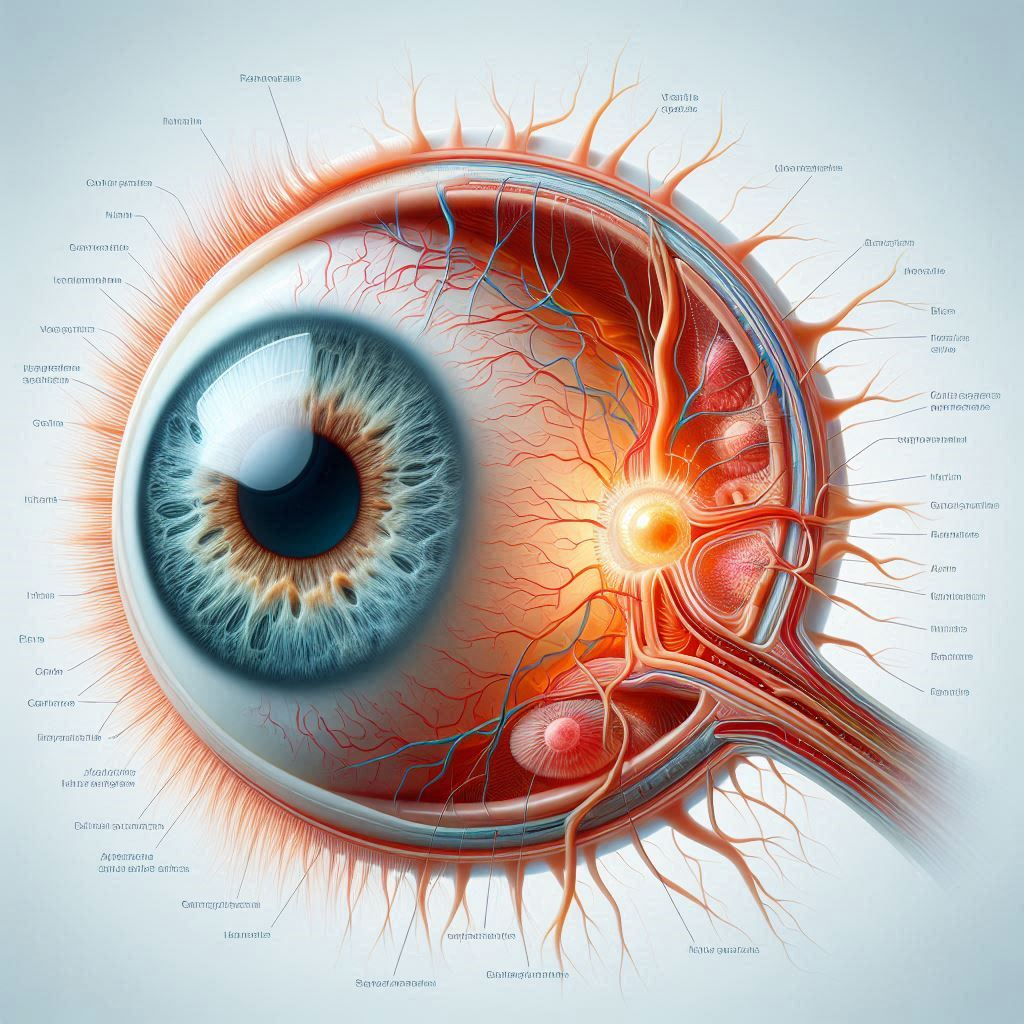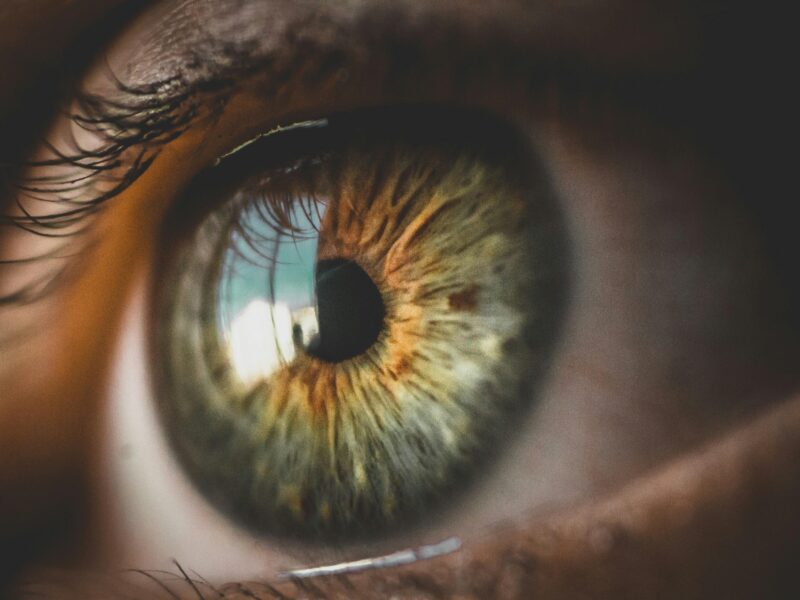Introduction
Glaucoma is a group of eye diseases that damage the optic nerve, often caused by abnormally high intraocular pressure. It is one of the leading causes of irreversible blindness worldwide. The most dangerous aspect of glaucoma is that it can progress silently, without noticeable symptoms in its early stages—earning it the nickname “the silent thief of sight.” Early detection and treatment are critical to preserving vision.
What Is Glaucoma?
Glaucoma occurs when fluid in the eye, called aqueous humor, does not drain properly, leading to increased intraocular pressure (IOP). Over time, this pressure damages the optic nerve, which is responsible for sending visual information to the brain.
There are two main types of glaucoma:
- Open-Angle Glaucoma – The most common form, developing slowly and often without symptoms.
- Angle-Closure Glaucoma – A medical emergency where the iris blocks drainage, causing a rapid rise in eye pressure.
👉 How Often Should You Get an Eye Exam? A Complete Guide by Age and Risk Factors
Causes and Risk Factors
While elevated eye pressure is the main risk factor, glaucoma can also develop with normal eye pressure (normal-tension glaucoma). Common risk factors include:
- Age – More common after the age of 40, risk increases after 60.
- Family history – Genetics plays a significant role.
- Medical conditions – Diabetes, high blood pressure, and poor circulation.
- Eye injury or surgery – Trauma to the eye can increase risk.
- Prolonged corticosteroid use – Can raise eye pressure.
Symptoms
In the early stages, glaucoma usually has no symptoms. As it progresses, signs may include:
- Gradual loss of peripheral vision.
- Tunnel vision in advanced stages.
- Severe eye pain (especially in angle-closure glaucoma).
- Blurred vision, halos around lights.
- Nausea and vomiting (with acute attacks).
👉 Preventing Vision Loss: Comprehensive Guide to Protecting Your Eyesight Naturally
Diagnosis
An eye examination by an ophthalmologist is the only way to detect glaucoma early. Common tests include:
- Tonometry – Measures intraocular pressure.
- Ophthalmoscopy – Examines the optic nerve for damage.
- Visual field test – Checks for peripheral vision loss.
- Optical Coherence Tomography (OCT) – Scans the optic nerve structure.
Treatment Options
Although there is no cure for glaucoma, treatment can slow or prevent further vision loss. Options include:
- Medications – Eye drops to lower IOP.
- Laser therapy – Improves fluid drainage.
- Surgery – Creates new drainage channels for fluid.
Early treatment is the best way to preserve vision. Regular eye exams are essential for high-risk individuals.
👉 Macular Degeneration: Early Signs, Prevention, and Effective Treatment Options
Prevention and Lifestyle Tips
While glaucoma cannot always be prevented, you can reduce risk by:
- Having regular eye exams, especially if you are over 40 or have risk factors.
- Exercising regularly to improve blood flow to the optic nerve.
- Protecting eyes from injury by wearing safety glasses.
- Managing health conditions such as diabetes and hypertension.
- Avoiding prolonged use of steroids without medical supervision.
✅ FAQ
1. What is the main cause of glaucoma?
Glaucoma is often caused by increased intraocular pressure due to fluid buildup in the eye, which damages the optic nerve.
2. Can glaucoma be cured?
No, glaucoma cannot be cured, but it can be managed with medications, surgery, or laser treatments to slow progression.
3. Who is most at risk for glaucoma?
People over 40, those with a family history of glaucoma, diabetics, and individuals with high eye pressure are most at risk.
4. What are early signs of glaucoma?
In most cases, glaucoma has no early symptoms. Gradual vision loss, tunnel vision, and eye pain may occur in later stages.
5. How often should I get checked for glaucoma?
Adults over 40 should have an eye exam every 1–2 years, while those at high risk may need annual exams.
👉 The Role of Sleep in Maintaining Eye Health: Why Rest is Essential for Vision
Conclusion
Glaucoma is a serious but manageable eye disease when detected early. By understanding the risks, recognizing warning signs, and committing to regular eye care, you can protect your vision for years to come.
✅ Product Recommendations
💡 Carefully chosen products that support eye health and glaucoma prevention:
- Ocuvite Eye Health Supplements – Supports retinal and optic nerve health with antioxidants.
- Lutein & Zeaxanthin Capsules – Nutrients clinically proven to protect the eyes from oxidative stress.
- Blue Light Blocking Glasses – Reduce strain and pressure from digital screens.
- Artificial Tears Eye Drops – Helps relieve dryness, irritation, and improves eye comfort.
- Home Blood Pressure Monitor – Since high blood pressure is a glaucoma risk factor, monitoring helps prevention.


